Vestibular Rehabilitation Therapy (VRT)
Vestibular Rehabilitation Therapy (VRT)
Specialty Services
IVOG [Infrared Video OculoGraphy] Assessment for BPPV:
The gold standard for accurate assessment of BPPV [positional vertigo], using infrared [VNG] goggles, this assessment reduces false negatives whilst guiding treatment and tracking progress of repositioning efforts.
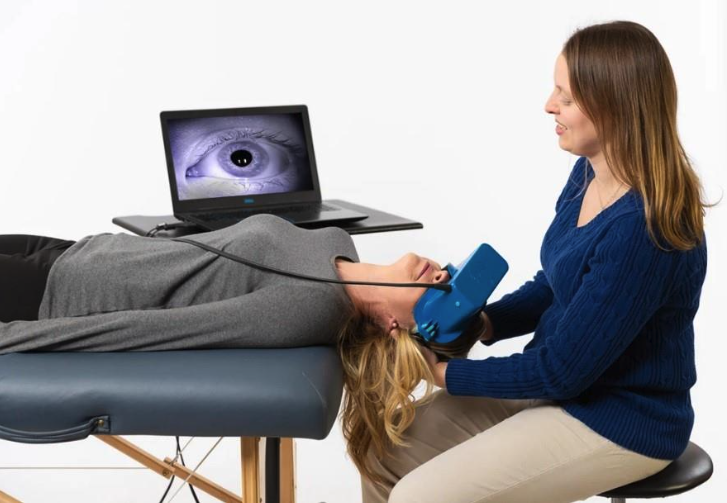
CDP/SOT [Posturography; Sensory Organization Testing]:
Designed for NASA astronauts to assess the effects of zero gravity exposure during space missions, NEUROCOM Posturography and Sensory Organization Testing [SOT] provides accurate, quantifiable assessment of balance and equilibrium, isolating the various components of flawed dynamic postural stability; oculomotor, vestibular, somatosensory and the combined, neuro-visual-vestibular component.
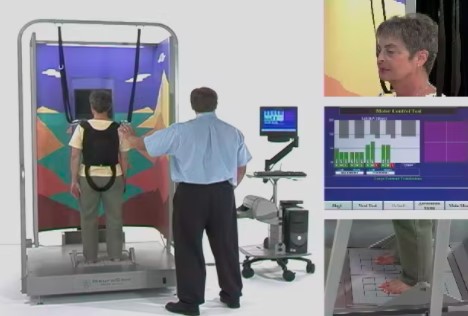
State-of-the-Art Virtual Reality, Visual-Vestibular & Vestibulo-Kinetic Technology:
Interactive platforms for vestibulokinetic challenge; visual exercise programs to promote optokinetic flow; focused/guided platform training for LE strength & proprioception.
NO facility on L.I. has this technology array.

The American Academy of Otolaryngology has issued a position statement on the treatment of balance related disorders:
"Balance (Vestibular) Re-training Therapy is a scientifically based and clinically therapeutic treatment for persistent dizziness and postural instability (static & dynamic imbalance) due to incomplete compensation after peripheral vestibular or central nervous system injury".

What is Vestibular Rehabilitation Therapy?
Vestibular rehabilitation therapy (VRT) is an exercise-based program designed to promote central nervous system compensation for inner ear deficits. VRT can help with a variety of vestibular problems, including benign paroxysmal positional vertigo (BPPV) and the unilateral or bilateral vestibular hypofunction (reduced inner ear function on one or both sides) associated with Ménière's disease, labyrinthitis, and vestibular neuritis. Even individuals with long-term unresolved inner ear disorders who have undergone a period of medical management with little or no success may benefit. VRT can also help people with an acute or abrupt loss of vestibular function following surgery for vestibular problems.
What Controls Balance?
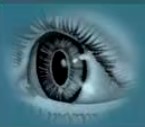
The Eyes
(vestibular-ocular reflexes).
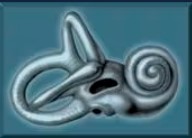
The Inner Ear
(vestibular disorders; from disease or ototoxicity).
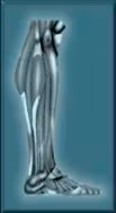
The Joints
(somatosensory impairment from severe joint trauma or surgery).
Messages go to the brain and are interpreted in the cerebellum, which then directs the muscular system to maintain balance and support. Disorders in any or all of these systems can cause balance problems, which can result in a fall.
VRT
Why is VRT needed?
Vestibular rehabilitation therapy (VRT) is an exercise-based program designed to promote central nervous system compensation for inner ear deficits. VRT can help with a variety of vestibular problems, including benign paroxysmal positional vertigo (BPPV) and the unilateral or bilateral vestibular hypofunction (reduced inner ear function on one or both sides) associated with Ménière's disease, labyrinthitis, and vestibular neuritis. Even individuals with long-term unresolved inner ear disorders who have undergone a period of medical management with little or no success may benefit. VRT can also help people with an acute or abrupt loss of vestibular function following surgery for vestibular problems.
What happens during VRT?
A qualified physical therapist (PT) will first perform a thorough evaluation that begins with a medical history and includes observing and measuring posture, balance and gait, and compensatory strategies. The assessment may also include eye-head coordination tests that measure how well a person's eyes track a moving object with or without head movement. Other assessments may be used, such as a questionnaire measuring the frequency and severity of symptoms and associated lifestyle changes.
Computerized Dynamic Posturography is a state-of-the-art evaluation technique designed for and utilized by NASA to assess their astronauts in order to understand the effect on balance after prolonged periods of zero gravity while on extended space missions.
Using the evaluation results, the therapist will develop an individualized treatment plan that includes specific head, body, and eye exercises to be performed both in the therapy setting and at home. These exercises are designed to retrain the brain to recognize and process signals from the vestibular system and coordinate them with information from vision and proprioception. This often involves desensitizing the balance system to movements that provoke symptoms, and increasing home-based activities and exercise in order to strengthen muscles.
Depending on the diagnosis and collaboration with the physician, the in-office treatment with the therapist may also involve a specialized form of VRT called a canalith repositioning procedure, the most common of which is referred to as the Epley maneuver. However, there are a number of possible repositioning procedures for various disorders, so thorough evaluation is required to determine which of these procedures is indicated for your problem.
What are the effects of VRT and how does it help?
Some of the exercise and activities may at first cause an increase in symptoms as the body and brain attempt to sort out the new pattern of movements. Because of this, people sometimes give up on VRT, thinking it is making their vestibular disorder worse. However, in most cases balance improves over time if the exercises are correctly and faithfully performed. Muscle tension, headaches, and fatigue will diminish, and symptoms of dizziness, vertigo, and nausea will decrease or disappear. Many times, VRT is so successful that no other treatment is required.
What is decompensation?
After the brain has learned to compensate for vestibular dysfunction, events such as a bad cold or flu, minor surgery, or even anything that interrupts normal activity for a few days can cause the brain to "forget" what it learned and symptoms to reoccur. This is called decompensation. Most people are able to quickly recover from decompensation by immediately returning to the home-based exercise program developed during their initial course of VRT. However, if symptoms persist or are severe, it is important to get a diagnosis and medical treatment because this suggests that additional vestibular damage has occurred.
VRT and Surgery
VRT is an important part of treatment when surgery is required to treat a vestibular disorder. A therapist may perform a pre-surgery vestibular evaluation, make daily visits during the hospital stay to help with the temporary increase in symptoms that often accompanies surgery, and provide a series of simple exercises to do at home upon discharge from the hospital. Often, therapists provide further therapy after a person has recovered from the surgery.
